Billboards are a vital component of the OOH industry due to their high versatility and broad visibility. In fact, the OAAA reports that traditional and digital billboards account for 66% of total annual OOH advertising revenue. Traditional billboards are typically printed on vinyl, while digital billboards use screens to display the image. Digital formats are the same size as traditional billboards. However, when designing for digital billboards, it’s important to keep the pixel dimensions in mind. This post will detail both the art pixel dimension and display size of the most frequently used digital billboard formats.
Bulletins
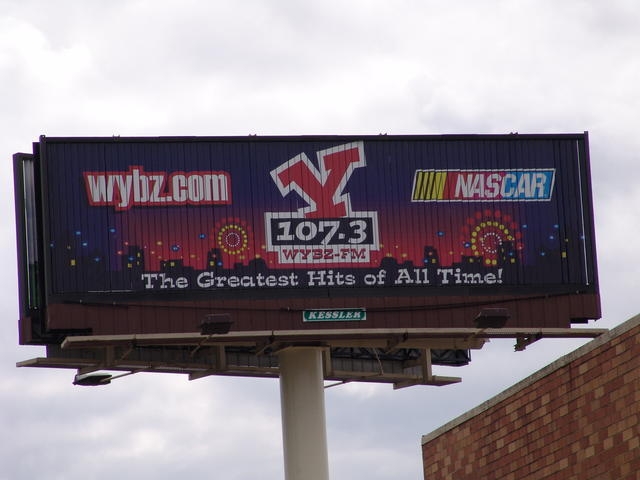
When you think about billboards, it is likely that you have a bulletin sized billboard in mind. Bulletins are the most common format for billboards in the OOH community, and can often be seen lining highways and dotting city skylines. The content of bulletins is generally displayed on a 14′ × 48′ screen. The pixel dimensions for digital bulletins are 400px (h) × 1400 px (w).
Posters

Posters are a slightly smaller billboard format than bulletins. Posters, like bulletins, can also be used on the sides of highways, but are more commonly placed on smaller roads or in front of buildings. Posters are a great format for achieving repeat exposure because people often pass them on their daily commutes. Posters are generally displayed at 12′ × 25′. The pixel dimensions for digital posters are 400 px (h) × 840 px (w).
Bus Shelter Displays
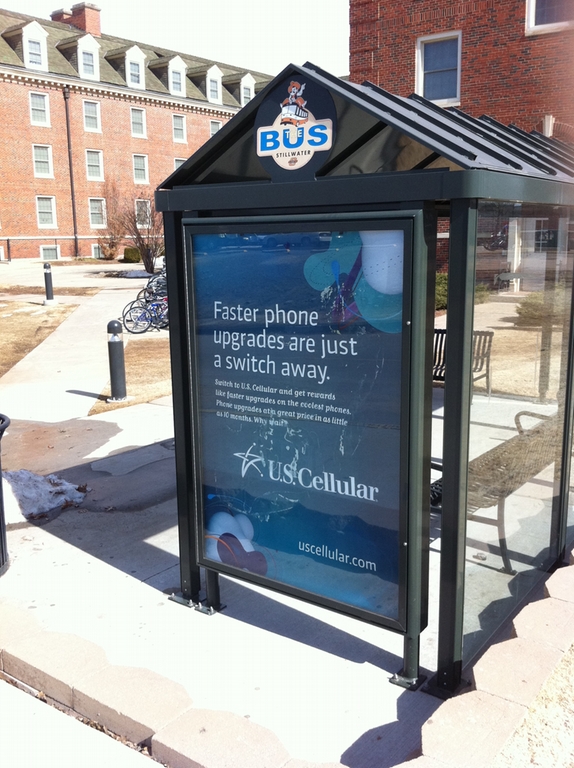
Bus shelter advertisements aren’t exactly billboards, but they can be found in both digital and traditional formats. They are perfect for advertising to commuters eager to absorb an OOH message on their way to or from work in an interesting and engaging way. Bus shelter ads usually measure 62″ × 35″. The pixel dimensions for bus shelter displays are 1920 px(h) × 1080 px(w).
Now that you know the dimensions of digital and traditional billboards, check out this post to learn some tips and tricks to use when designing them.
Once you have your billboard designed, check out DOmedia, which hosts the largest database of OOH vendors in the US, to find the perfect venue for your next OOH campaign.

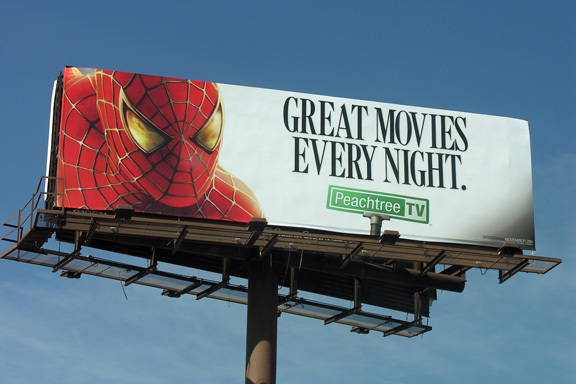
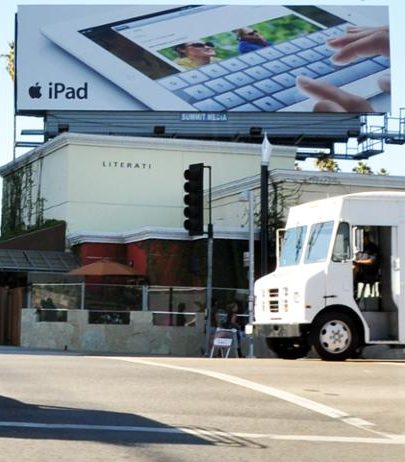 communicate your company’s key objectives. Consumers are more likely to be able to fully understand your message if it’s short and simple.
communicate your company’s key objectives. Consumers are more likely to be able to fully understand your message if it’s short and simple.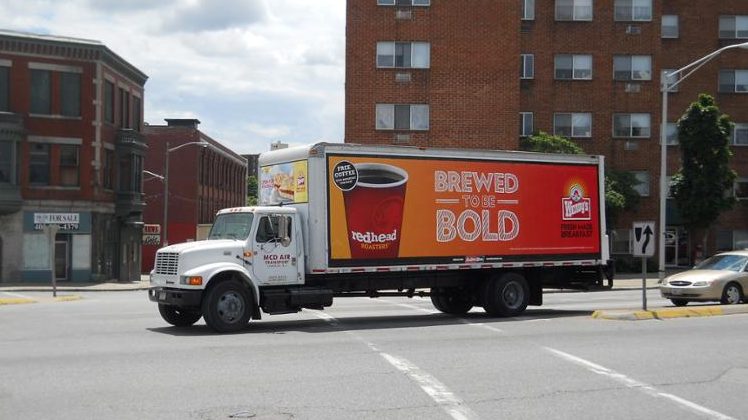

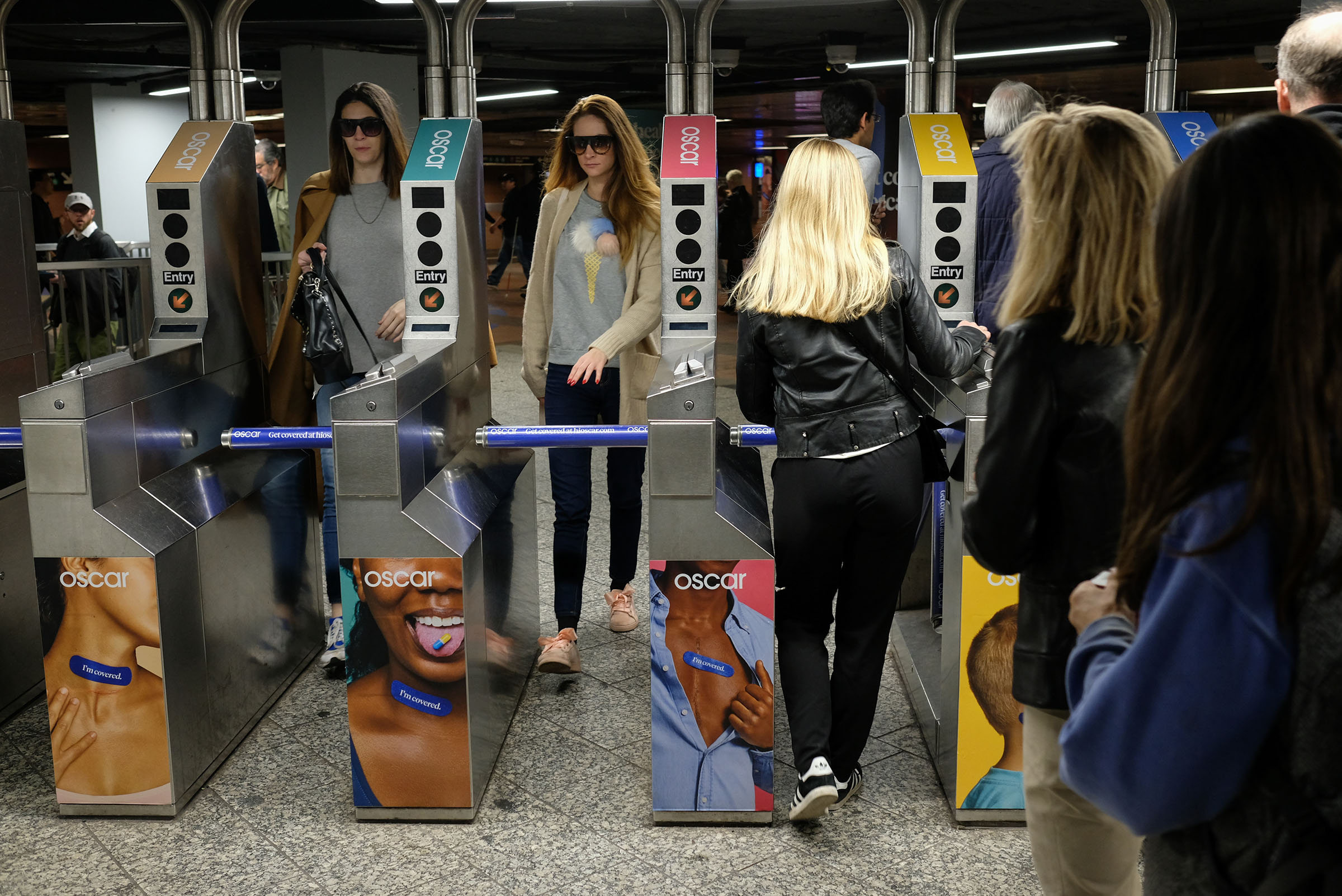 DOmedia, the host to the largest database of OOH vendors in the US, is constantly encountering innovative vendors. In our Vendor Spotlight series, we attempt to highlight these companies and explain to you how they are pushing the industry forward. Today we’re focusing on Entry Media, a company that provides options for turnstile advertising.
DOmedia, the host to the largest database of OOH vendors in the US, is constantly encountering innovative vendors. In our Vendor Spotlight series, we attempt to highlight these companies and explain to you how they are pushing the industry forward. Today we’re focusing on Entry Media, a company that provides options for turnstile advertising.




